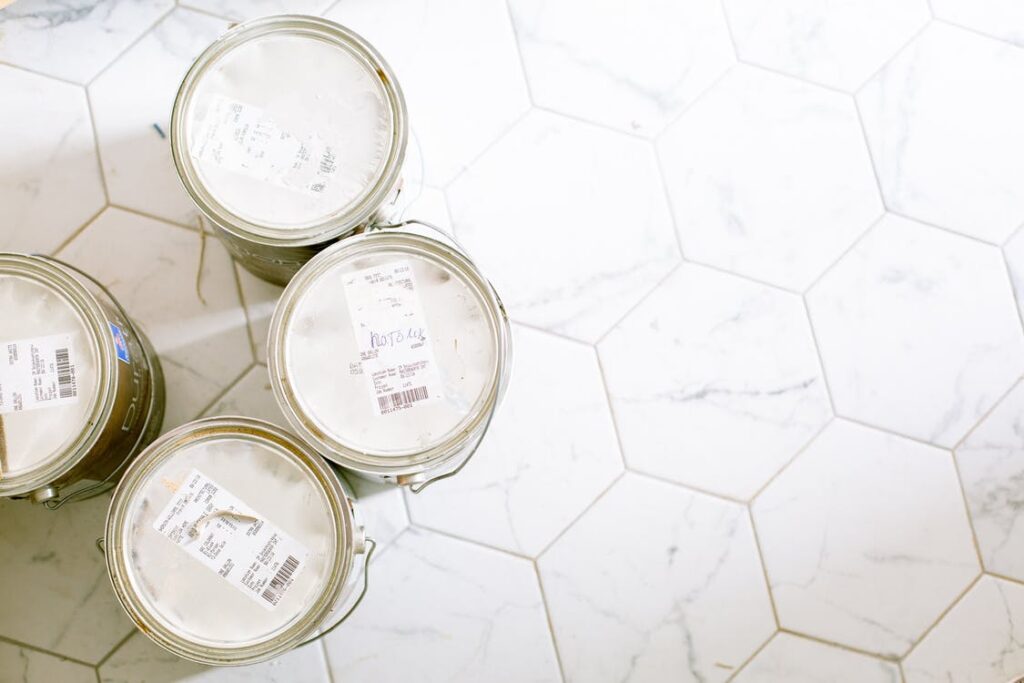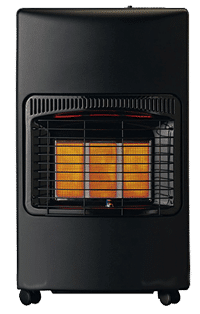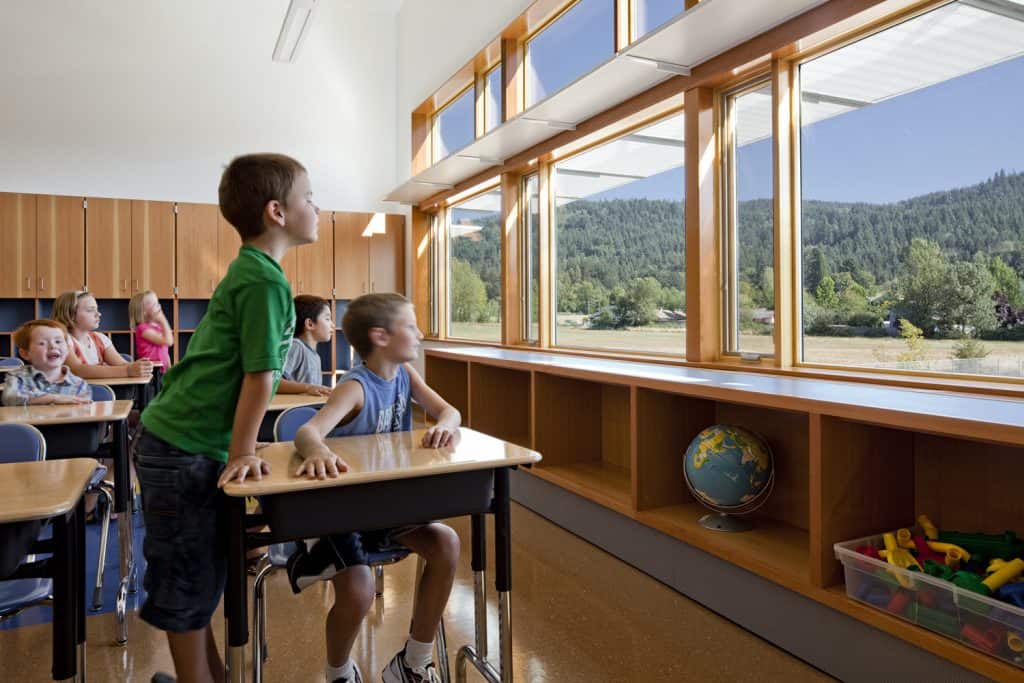Air Quality
Why Do I Feel Tired (Even After a Good Night’s Sleep)?
What role does air quality play in the quality of our sleep? How can we get a good night’s sleep?
Read MoreAir Quality in Newly-Built Homes
Residential construction in New Zealand is at levels not seen since the 1970s. The number of consents granted has been increasing since 2011. Since the 1970s, much has changed: Building codes have tightened (insulation, double-glazing etc.) Solid Rimu framing has been replaced by treated timber or steel Materials containing asbestos are no longer commonplace The…
Read MoreCar Air Quality: Risks to Health and How to Improve It
Carbon dioxide over 700ppm (parts per million) can affect your cognitive ability. Sleeping in a car without ventilation creates concentrations of carbon dioxide that can have a detrimental effect on your health (More info on CO2 and cognitive function). Background on High Carbon Dioxide High carbon dioxide (CO2) levels may indicate poor air quality and…
Read MoreIndoor Air Pollution and COVID-19
What’s happening? Many people around the world are currently being forced to stay at home to ease the spread of the Covid-19 virus. The only current permitted outdoor ventures consists of a trip to the local supermarket or pharmacy for essential supplies, or for a brief foray of solitary exercise. In New Zealand on April…
Read MoreAir Quality in the Auckland Fire Smoke
Air Quality affected by smoke from the Auckland Convention Centre fire.
Read MoreGas Heaters in Homes
Every time I see one of these heaters I get a sudden urge to find my sledge hammer and beat it to death. In fact, the existence and use of these heaters in New Zealand totally mystifies me because of the following reasons: They have a detrimental effect on air quality in the home. Moisture…
Read MoreCrystalline Silica from Concrete Dust
Silica and Concrete Dust Concrete dust contains crystalline silica, which is often referred to as silica. Technically, they are different, but for simplicity, it will only be referred to as silica in this blog post. If you want to understand the difference, please see our web page on silica testing. The Problem with Silica Dust…
Read MoreAir Quality in Childhood Centres
Auckland Air Quality in Childhood Centres The Auckland region has over 100,000 children aged four and under. Around 40,000 of them are in early childhood centres for an average of 21 hours per week. As their lungs are still developing, children are often more susceptible to health risks caused by airborne pollutants. The Auckland regional…
Read More






